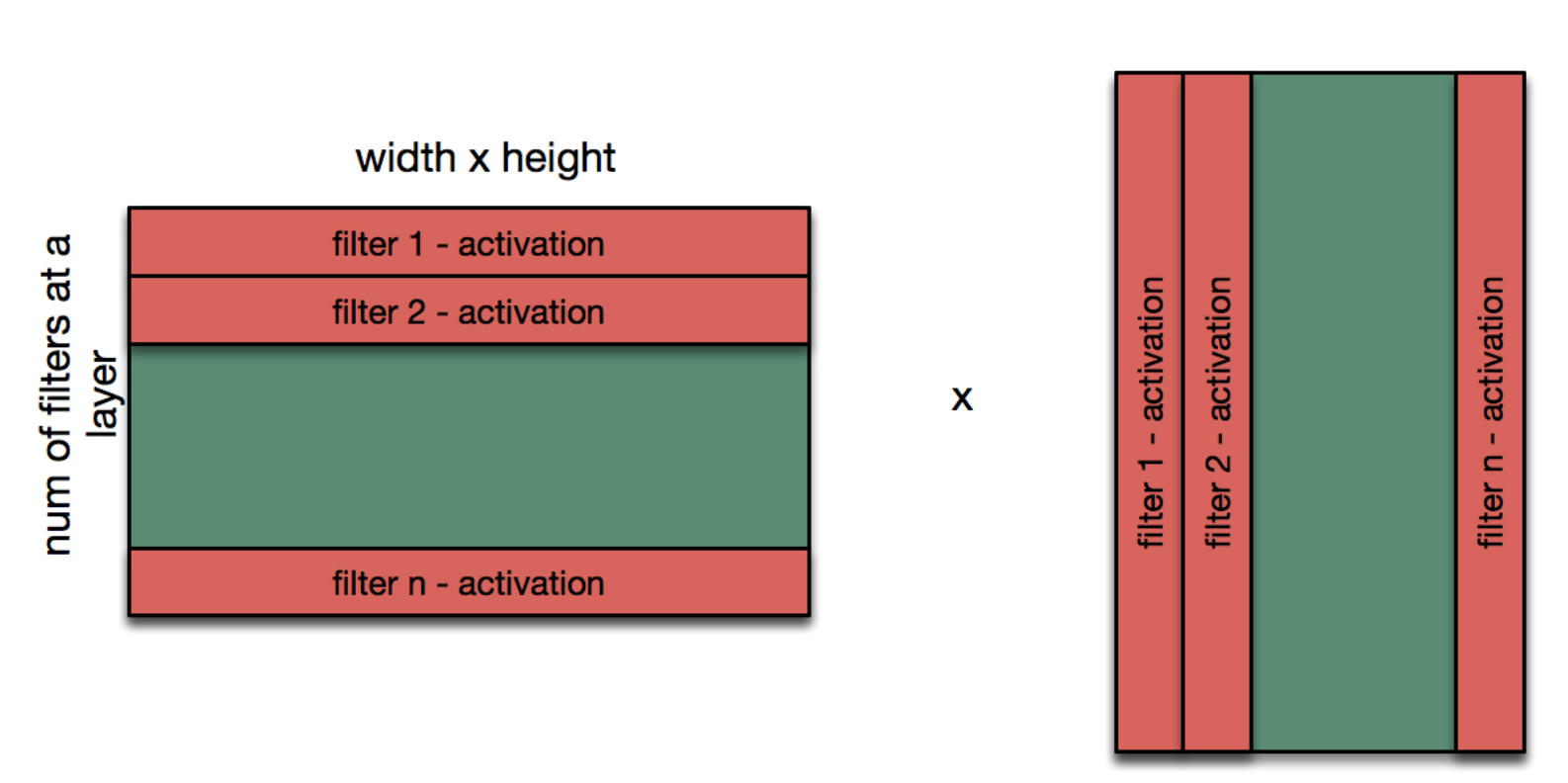How does Gram Matrix encode the Style of an Image?
In non-photoreal renderings, capturing the style of an image is an extremely tricky and difficult issue. Recently there has been a resurgence in this field with the application of Deep Learning to this problem. Specifically, in Gatys' paper, the...

